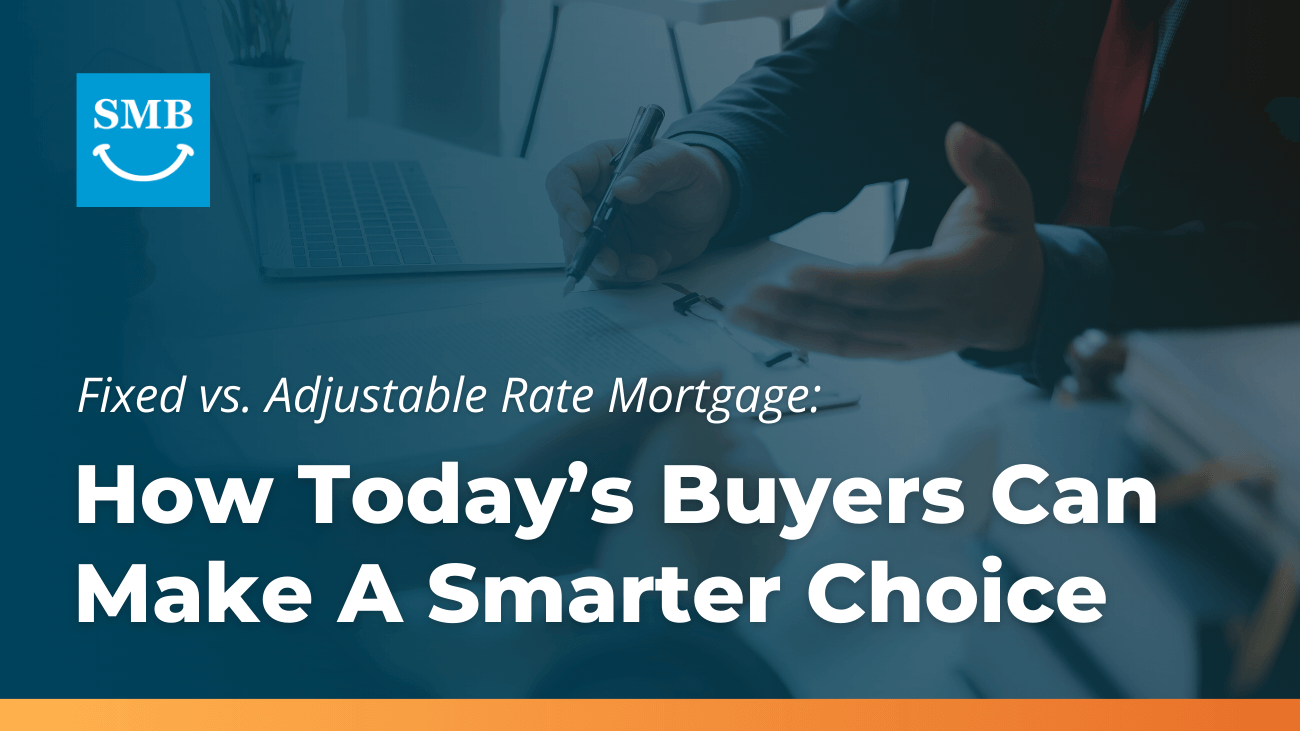2018 Seattle Washington Home Buyers Guide

Becoming a homeowner is a major step in life. It’s also a major decision that shouldn’t be taken lightly. If you’re looking to buy a home in Seattle Washington, here’s how to get best financial value for your investment.
1. Choose the Right Location with Price in Mind
In 2017, median home prices in King County, Washington were around $625,000, an increase of over $85,000 from the previous year. Many people might look at that and think they’ve got no chance at owning a home in the area. But, the median price for homes in nearby counties is generally significantly lower than the median price in King County.
For instance, Kitsap and Pierce counties both have median home prices around $315,000, less than half that of King County. Snohomish County has a median home price of about $450,000. What this means is that, if a longer commute isn’t a deal breaker for you, then you can find affordable housing in the suburbs.
Even if you want to stay within Seattle city limits, there are plenty of neighborhoods that skew toward affordability. The most inexpensive neighborhoods in Seattle have median prices that hover around $400,000 and include:
- Northgate
- Rainier View
- South Park
So, even though home prices are increasing at a record rate, you can still find options within your budget if you know where to look.
2. Low Cost Fixer Uppers
When you look at a house that needs a little TLC, your brain might automatically skip over it as a viable candidate. The amount of work that these houses require may not be what you signed up for. But, you shouldn’t dismiss fixer-uppers outright. While you will be required to put in a little more leg work (and money) to get the house in adequate shape, you’ll also probably get a better deal overall.
A new house with all the bells and whistles sounds simple enough. All you have to do is move in and go on with your life. But, a house that needs a little work could save you money in the short and long run.
A new paint job, some new lights and fixtures, and maybe a landscaping upgrade can go a long way in improving the character of a home. You need to weigh the cost of improvements with the amount you will save from purchasing a house that is turnkey ready.
3. Leverage A Good Credit Rating
A good credit score can go a long way in getting you a better deal on your home loan. In general, scores above 740 will get you a lower interest rate, which will reduce the overall amount you’ll have to pay to your lender. But, what if you’re credit score leaves a bit to be desired?
There are a few easy ways to improve your credit score. One of the simplest is to check your score and try to identify any errors that might be limiting its potential.
The three major credit-reporting companies (Equifax, TransUnion, and Experian) keep track of your credit, but sometimes mistakes are made. If you notice an error, the credit reporters are required by law to answer any error complaint within 30 days.
If your score is lower than 740 and there are no errors on your report, then you still have options. These include:
- Reduce your debt – One major component of your credit score is the ratio of available credit to debt you’re burdened with. Reducing your debt can produce an uptick on your FICO score.
- Reduce credit card balances – The ratio of credit card balances to credit card limits is called the “credit utilization ratio” and accounts for around a third of your credit score. Keeping your balances at or below 15% of your credit card limit will increase your score.
- Avoid new loans – New loans or lines of credit are fine if you’re not looking to buy a house. Unfortunately, lenders look at any new loans as an increase in risk. Also, new accounts almost always lower your credit score, even if temporarily.
You should always monitor your credit as it may take time to clean up some negative information. Even if you just started your home search, check your credit now so that you can have things up to par when it comes time to apply for a loan.
4. Look for Government Programs and Assistance
There are numerous governmental grants and programs that individuals and families can use to get a leg up in the home buying process. One of the most common programs used by prospective home buyers comes from the Federal Housing Administration (FHA).
An FHA loan is backed by the federal government and requires borrowers to pay for mortgage insurance that protects lenders in case of default. While mortgage insurance can be costly, these loans make it easier on homebuyers by offering:
- Competitive interest rates
- Down payments as low as 3.5% of the loan amount
- A minimum credit score of 500 (scores between 500 and 579 require at least a 10% down payment)
- Lower closing costs
The FHA also provides the Section 203(k) Rehabilitation Program, a different loan program designed specifically for fixer-uppers. Down payments can be as low as 3% of the purchase price and you can also borrow money from FHA to cover the repair and remodel costs. Other possible loan programs include:
- USDA Loans – The U.S. Department of Agriculture’s home buying program is usually reserved for homes in some rural areas. Applicants do not need to have anything to do with farming or agriculture to qualify. Down payments can be as low as zero, and a credit score of 640 or higher will improve your chances.
- VA Loans – These loans are provided by the Department of Veterans Affairs and are reserved for former and current service members and their spouses. No down payment is required, there is no minimum credit score, and borrowers don’t need to buy mortgage insurance.
- Energy Efficient Mortgage (EEM) – Energy-efficient mortgages are offered by both the FHA and the VA. They essentially provide the money in the primary loan to make energy efficient modifications to the home.
- Fannie Mae/Freddie Mac – These two agencies are sponsored by the government and can provide home loan options with down payments as low as 3% of the purchase price.
- Good Neighbor Next Door – This program is provided by the Department of Housing and Urban Development (HUD) and offers loans and aid to individuals in various professions, including firefighters, police officers, certain teachers, and EMTs.
Additionally, the state of Washington has a variety of home buying assistance programs that you can use either standalone or in conjunction with federal programs.
5. Shop Around with Multiple Lenders
It doesn’t take an expert in home buying in Seattle, Washington to know that you probably won’t get the best mortgage deal with the first lender you contact. There are many choices you have when it comes to home loans. The two major factors will be if you choose a conventional lender or mortgage broker.
Different lenders have different terms, and it’s up to you find the terms that work best for your situation. Make sure you check with your bank also, because your existing relationship can get you a better deal on a home loan.
You can also go to a mortgage broker who will essentially do all the leg work when it comes to finding the perfect loan for you. Mortgage brokers usually have access to a network of lenders, meaning that they can offer a wide range of possible options. They can also advise you on what loan best suits your current situation.
It’s also a good idea to get pre-approved for a loan from different lenders. Pre-approval takes the guesswork out of the home buying process in that it identifies how much a lender is willing to let you borrow. With this knowledge, you can focus only on the houses that are within your budget.
6. Don’t Be Afraid to Negotiate
Even after you’ve chosen a lender, you don’t have to abide by all the rules, regulations, and fees they propose. Negotiation is a great tactic for reducing the amount you’ll have to pay in the long run. Fees and rates that you can negotiate down include:
- Mortgage interest rates
- Title insurance costs
- Loan origination fees
- Real estate commissions
- Other lender service fees
Some mortgage contracts can be riddled with “junk” fees that include costs you can eliminate or reduce drastically. Be sure to read the fine print and do your best to get some fees waived. In some cases, having a higher credit score can lessen the blow of some of these fees (another good reason to improve your credit score).
7. Pick the Right Mortgage Type
The standard length of a mortgage loan term is 30 years. Most people also opt for fixed rate mortgages because they offer a consistent payment amount each month. But, is a 30-year fixed rate mortgage the right choice in every case? The answer, of course, is “no.” A 15-year mortgage allows you to pay the loan off twice as fast while also limiting the amount of interest you’re hit with. Monthly payments will be higher than payments with a 30-year mortgage, but if that’s something you can handle, then it may be worth your while.
You can also elect to go with an adjustable rate mortgage. These work by fluctuating with market interest rates rather than staying at a fixed rate. For instance, a fixed rate mortgage might lock in your interest rate at 4.1% for the duration of the loan term. An adjustable rate mortgage, however, will go up and down as market interest rates fluctuate. So, you can have an interest rate of 2.5% one month and 4.3% the next month (although that jump may be drastic).
Ready to buy your Seattle Washington dream home?


Should You Use a Mortgage Broker? Everything You Need to Know First

How to Find the Right Neighborhoods in Seattle for Your Budget and Lifestyle

Warrantable vs. Non-Warrantable Condos: What Every Buyer Needs to Know Before Financing

How Much Does It Cost to Refinance a Mortgage in Seattle? A Homeowner’s Guide
.png)
How Often Can You Refinance Your Home?
.png)
The Complete Guide to For Sale By Owner (FSBO) in Seattle

10 Questions Every Seattle First-Time Home Buyer Asks

Ultimate Seattle Mortgage Loan Documents Checklist

Your Complete Guide to Seattle Property Tax

Why You Should Work with a Mortgage Broker

Where to Find the Best Local Mortgage Broker

Where Are The Best Places To Live In Seattle?

What’s the Best Way to Save Money for a House in Seattle?

When is the Best Time to Refinance a Home?

What is the Jumbo Loan Limit in Seattle 2020?

What You Need to Buy a House in Seattle

What Is a Jumbo Loan and will you need one when moving to Seattle?

What is the Jumbo Loan Limit in Seattle?

What Is A Non-Warrantable Condo?

What is the Best Down Payment Amount on a House in Seattle?

What is PMI Mortgage Insurance? And Why It Is Not As Bad As You Think

What Is A Cash-Out Refinance?

What do Home Loan Underwriters Look For?

What Down Payment Do I Need for a House?

What Are The Costs of Buying a Home?

What Are The Best Neighborhoods In Seattle For Families?

FAQ: What Are the VA Home Loan Requirements?

WEST SEATTLE JUNCTION ; Seattle Neighborhood Tour

What are RSUs and How to Spend Them

Understanding Mortgage Down Payments

Top 5 Seattle Suburbs to Buy In 2021

Understanding Down Payments in Seattle

The Ultimate Mortgage Document Checklist

Top 10 Mortgage Questions You Should Ask Your Broker

The Worst First-Time Homebuyer Mistakes

The Top 5 Seattle Suburbs for 2020

The Best Seattle Neighborhoods in 2020

How to Find the Best Mortgage Refinance Companies in Seattle

The Best Seattle Neighborhoods for Families

The Best Neighborhoods in Seattle to Buy a Home

The 7 Best Seattle Suburbs for Families

Seattle Neighborhood Guide: The Top 10 Most Affordable Places To Live In Seattle

SOUTH LAKE UNION ; Seattle Neighborhood Tour

Seattle Summer Housing Market Guide 2020

Seattle Housing Market Update 2020

Seattle Housing Market Hacks

Save Money When Buying a House in Seattle

Save Money on Your Mortgage Refinance

Moving to Seattle with a Family? Here's the BEST Suburbs For You!

Refinancing To Reduce Your Bills and Increase Available Cash

Neighborhoods in Seattle to Buy a Home 2020

Real Estate Trends in Seattle

Mortgage Down Payments in Seattle

MAGNOLIA ; Seattle Neighborhood Tour

Mistakes to Avoid with Cash-Out Refinance

How to Refinance Your Home in 9 Steps

Jumbo Loan Limit vs Conforming Loan Limit in Seattle for 2021

KIRKLAND ; Seattle Neighborhood Tour

Jumbo Loan Limit in Seattle for 2021

ISSAQUAH ; Seattle Neighborhood Tour

Is My Credit Score Good Enough to Buy a House?

How to Buy a House; Home Buying 101

How to Lower Your Monthly Mortgage Payment

How to Get the Best Rate for Your Home Loan

How to Buy a House for Less

How Much Home Can I Buy in Seattle?

How Much Do You Really Need for a Down Payment in Seattle?

How Much Home Can I Afford?

Home Price Forecast for Seattle 2020

How Hot is the Seattle Real Estate Market?

How Hot is the Seattle Real Estate Market in 2022?

Home Inspection Questions You Need to Ask

Do You Need a Realtor to Buy a House in Seattle?

FHA vs. Conventional Loan: Which Mortgage Is Right for You?

Find the Best Mortgage Lender for Your Home Loan

Federal Housing Administration Loans 2021

Down Payment Requirements in Seattle

FACTORIA and SOMERSET ; Bellevue Neighborhood Tour

Everything you Need to Know About Seattle Jumbo Mortgages

Everything You Need to Know About VA Loans

Advice To A First Time Home Buyer: Down Payment Assistance Programs Exist for Millennials

CROSSROADS ; Bellevue Neighborhood Tour

Down Payment 101: How Much Money Do I Need to Buy a House?

COVID-19 Mortgage Help for Homeowners

Comparing ARM vs. Fixed Rate Mortgage

Can I Afford To Buy A Home In Seattle?

Choosing the Best Lenders for Home Loans

How to Use Restricted Stock Units to Buy a Home in Seattle

ARM v. Fixed Mortgage: Which is Right For You?

Ballard or Queen Anne? The Best Neighborhoods of Seattle to Buy a House

Avoiding the Worst Seattle Mortgage Lenders

Are You Buying a House in Seattle? Here’s the Ultimate Survival Guide

Fixed vs. Adjustable Rate Mortgage: How Today’s Buyers Can Make A Smarter Choice

ALKI BEACH ;; A Seattle Neighborhood Tour

A Complete Guide to Refinancing Your Home Loan

8 Ways to Lower Your Mortgage Payment

8 Mistakes to AVOID When Mortgage Loan Refinancing

7 Seattle Suburbs for Families


















